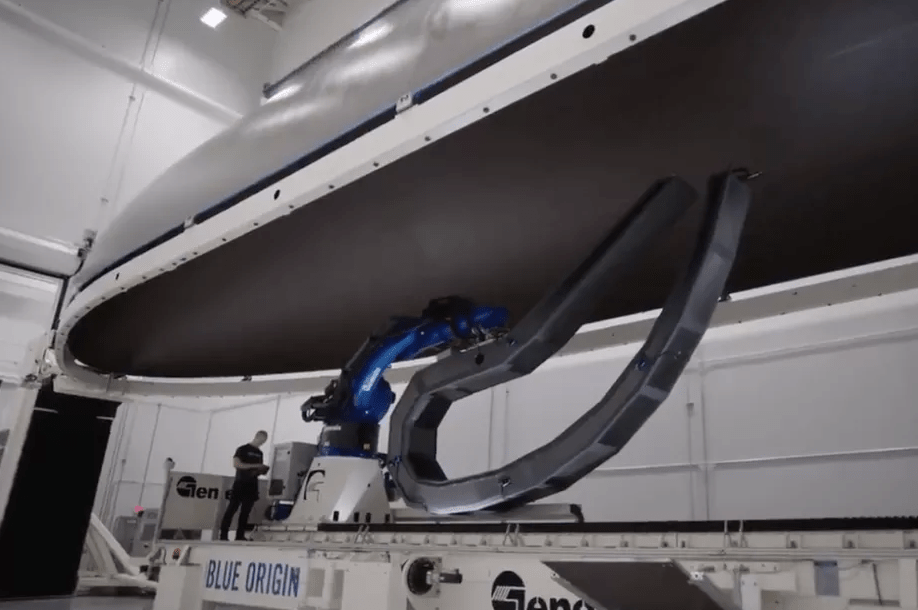The building blocks of life can, and did, spontaneously assemble under the right conditions. That’s called spontaneous generation, or abiogenesis. Of course, many of the details remain hidden to us, and we just don’t know exactly how it all happened. Or how frequently it could happen.
Continue reading “Life Could be Common Across the Universe, Just Not in Our Region”OSIRIS-REx did its Closest Flyover Yet, just 250 Meters Above its Sample Site
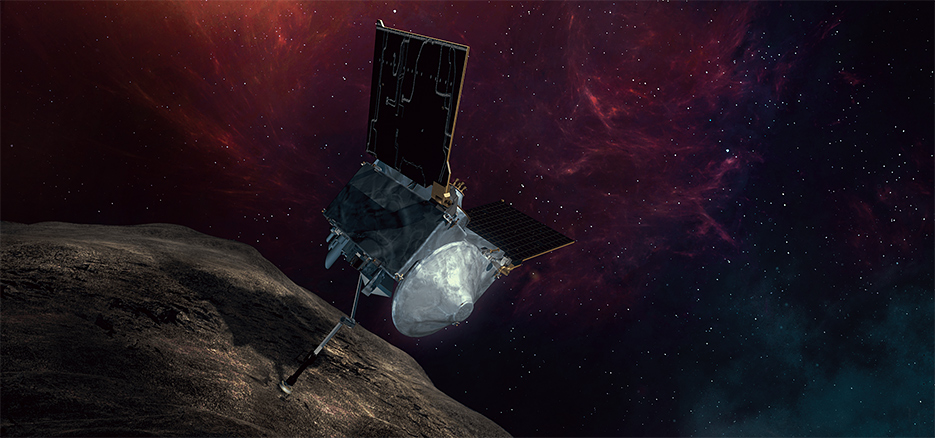
NASA’s OSIRIS-REx is getting closer, physically and temporally, to its primary goal. The spacecraft arrived at Bennu at the end of 2018, and for just over a year it’s been studying the asteroid, searching for a suitable sampling site. To do that, it’s getting closer and closer.
Continue reading “OSIRIS-REx did its Closest Flyover Yet, just 250 Meters Above its Sample Site”Every Part of Blue Origin’s New Glenn Rocket is Gigantic, Including its Nose Cone
Massive. Enormous. Huge. Gigantic. And whatever other words you find in the thesaurus all do the job when it comes to describing Blue Origin’s New Glenn Rocket. Especially its nosecone.
Continue reading “Every Part of Blue Origin’s New Glenn Rocket is Gigantic, Including its Nose Cone”Artwork Inspired by Jupiter’s Great Red Spot

Artist Mik Petter has created a vibrant new piece of art based on JunoCam images of Jupiter’s Great Red Spot (GRS). The piece makes use of fractals, which are recursive mathematical creations; increasingly complex patterns that are similar to each other, yet never exactly the same.
Continue reading “Artwork Inspired by Jupiter’s Great Red Spot”Curiosity Finds Organic Molecules That Could Have Been Produced by Life on Mars

What do coal, crude oil, and truffles have in common? Go ahead. We’ll wait.
The answer is thiophenes, a molecule that behaves a lot like benzene. Crude oil, coal, and truffles all contain thiophenes. So do a few other substances. MSL Curiosity found thiophenes on Mars, and though that doesn’t conclusively prove that Mars once hosted life, its discovery is an important milestone for the rover. Especially since truffles are alive, and oil and coal used to be, sort of.
Continue reading “Curiosity Finds Organic Molecules That Could Have Been Produced by Life on Mars”Japan Suspends its Funding for the 30-Meter Telescope

Japan has suspended its funding contribution to the controversial Thirty Meter Telescope (TMT) in Hawaii. An international consortium is behind the TMT, which was proposed for the summit of Mauna Kea. Mauna Kea is one of the most desirable observing locations on Earth. It’s already host to several observatories, including the Subaru Telescope and the Keck Observatory. The $1.4 billion TMT would be the most powerful telescope there.
Continue reading “Japan Suspends its Funding for the 30-Meter Telescope”Comparing Mountains on the Moon to the Earth’s Peaks
NASA’s Artemis Program is planning to land astronauts on the Moon’s south pole. To prepare for this, NASA’s Solar System Exploration Research Virtual Institute (SSERVI) is creating the Lunar South Pole Atlas (LSPA). As part of that Atlas, NASA is mapping the topography of the region, including the mountains.
Continue reading “Comparing Mountains on the Moon to the Earth’s Peaks”WFIRST Passes an Important Milestone, it’s Time to Begin Development and Testing
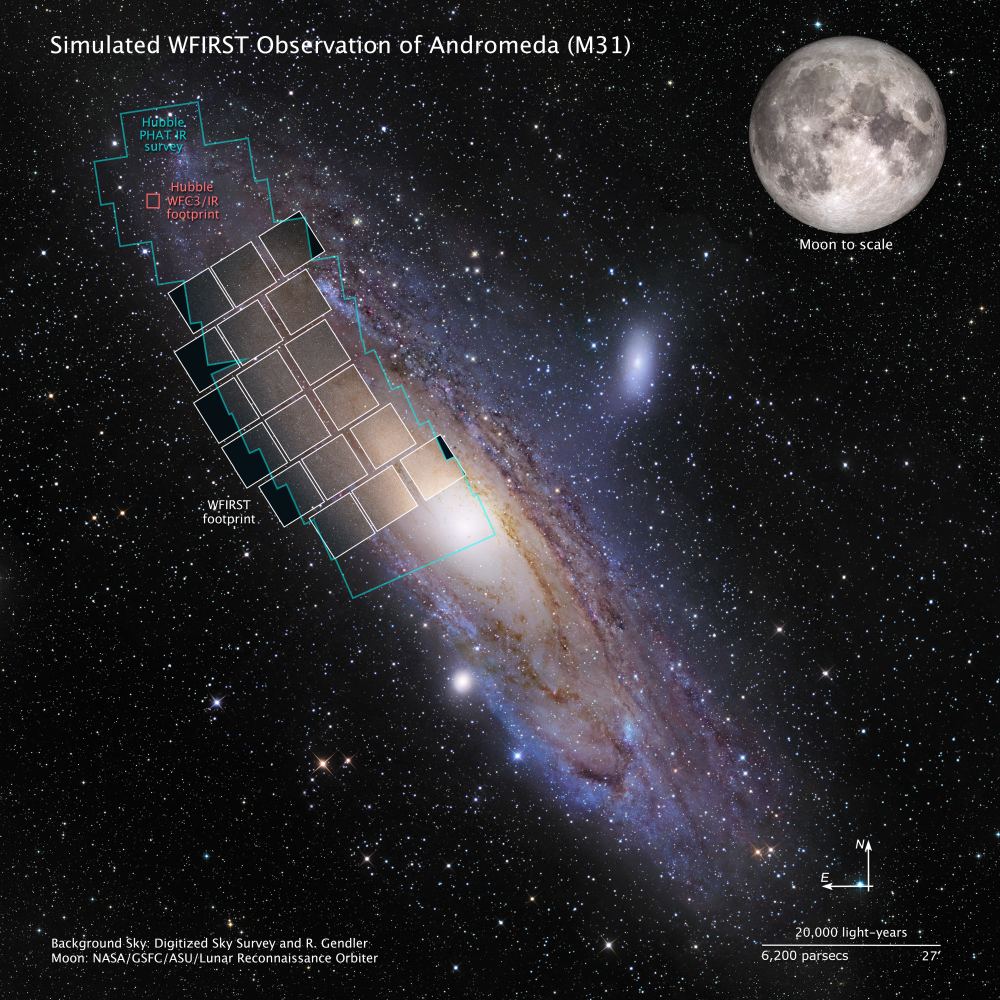
Soon, astronomers and astrophysicists will have more observing power than they know what to do with. Not only will the James Webb Space Telescope one day, sometime in the next couple years, we hope, if all goes well, and if the coronavirus doesn’t delay it again, launch and begin operations. But another powerful NASA space telescope called WFIRST has passed an important stage, and is one step closer to reality.
Continue reading “WFIRST Passes an Important Milestone, it’s Time to Begin Development and Testing”Are Low Density “Cotton Candy” Exoplanets Actually Just Regular Planets With Rings?
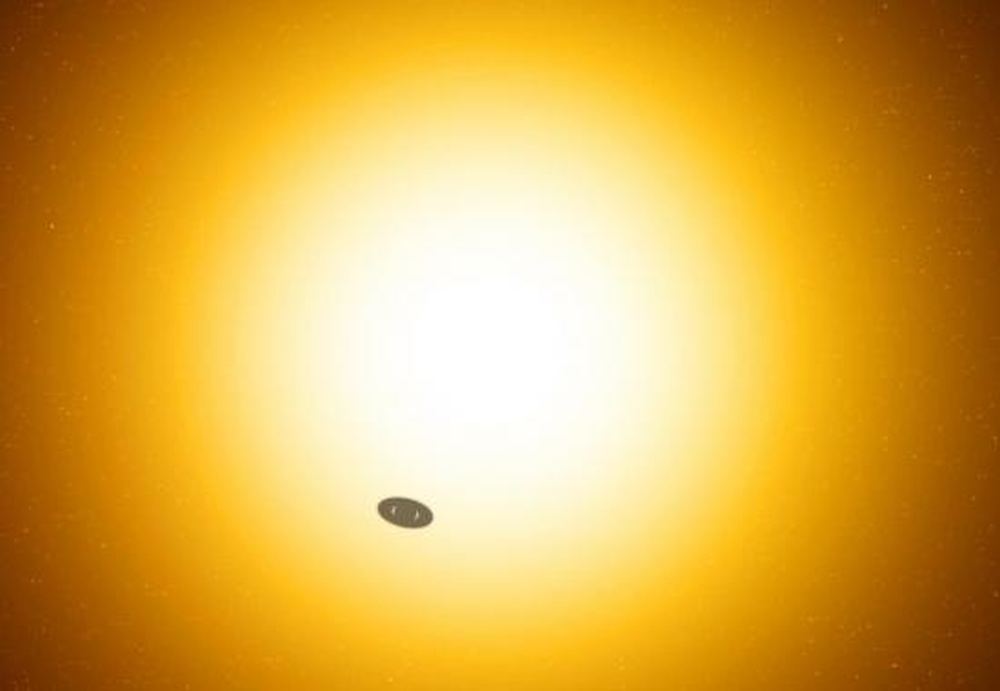
There’s a type of exoplanet that astronomers sometimes refer to as cotton candy planets, or super-puffs. They’re mysterious, because their masses don’t match up with their extremely large radii. The two characteristics imply a planet with an extremely low density.
In our Solar System, there’s nothing like them, and finding them in distant solar systems has been puzzling. Now a pair of astronomers might have figured it out.
Continue reading “Are Low Density “Cotton Candy” Exoplanets Actually Just Regular Planets With Rings?”Two White Dwarfs Merged Together Into a Single “Ultramassive” White Dwarf
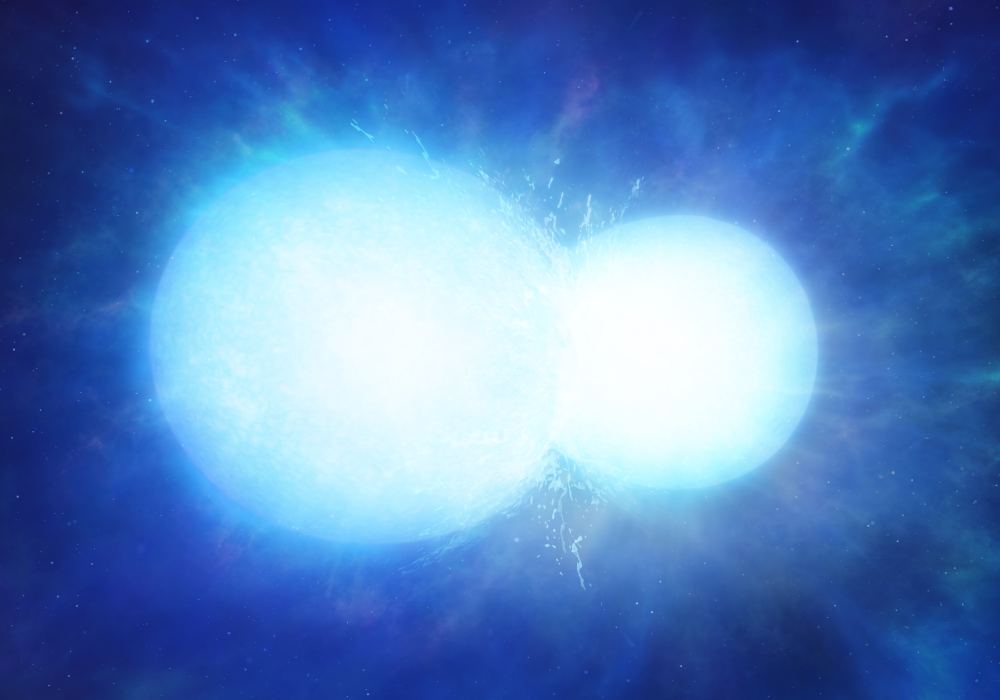
Astronomers have found a white dwarf that was once two white dwarfs. The pair of stars merged into one about 1.3 billion years ago. The resulting star, named WDJ0551+4135, is about 150 light years away.
Continue reading “Two White Dwarfs Merged Together Into a Single “Ultramassive” White Dwarf”

